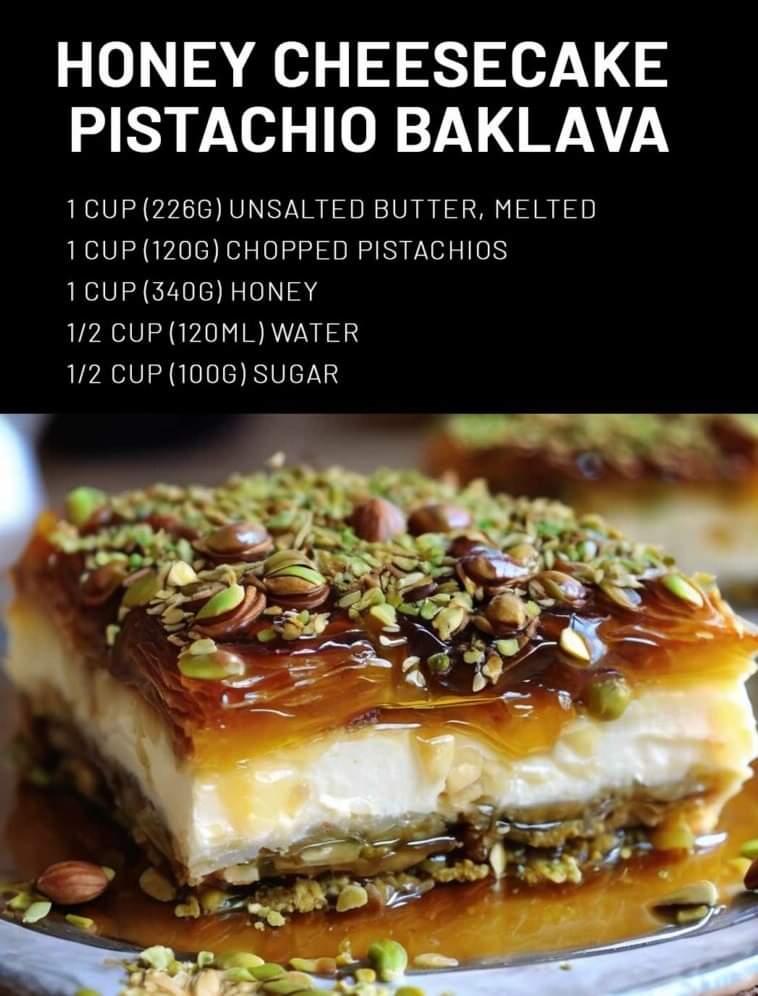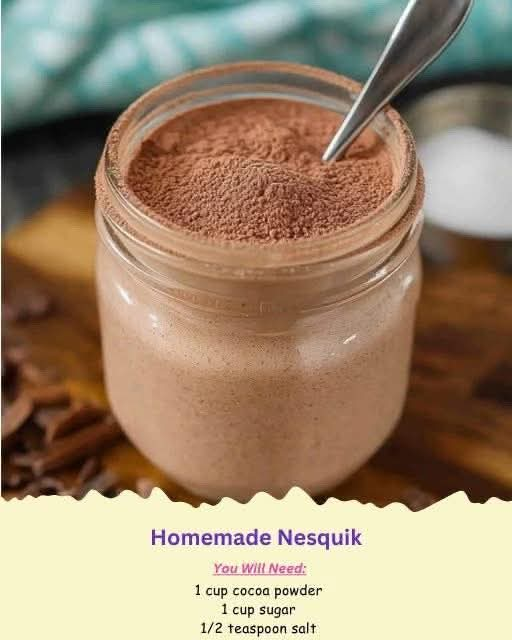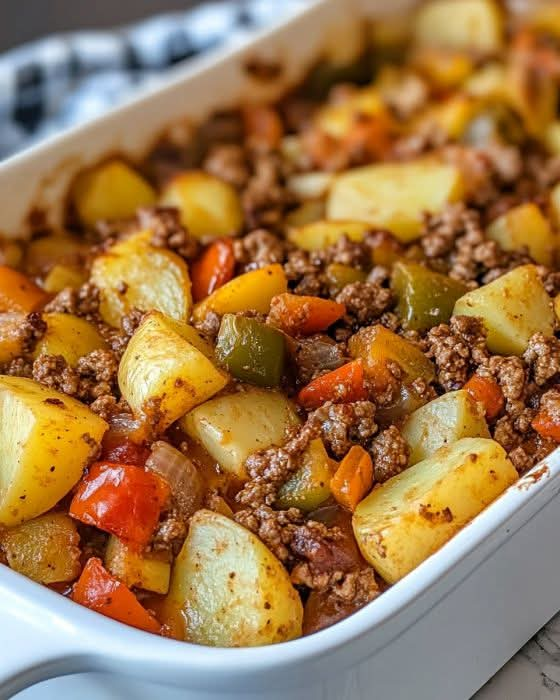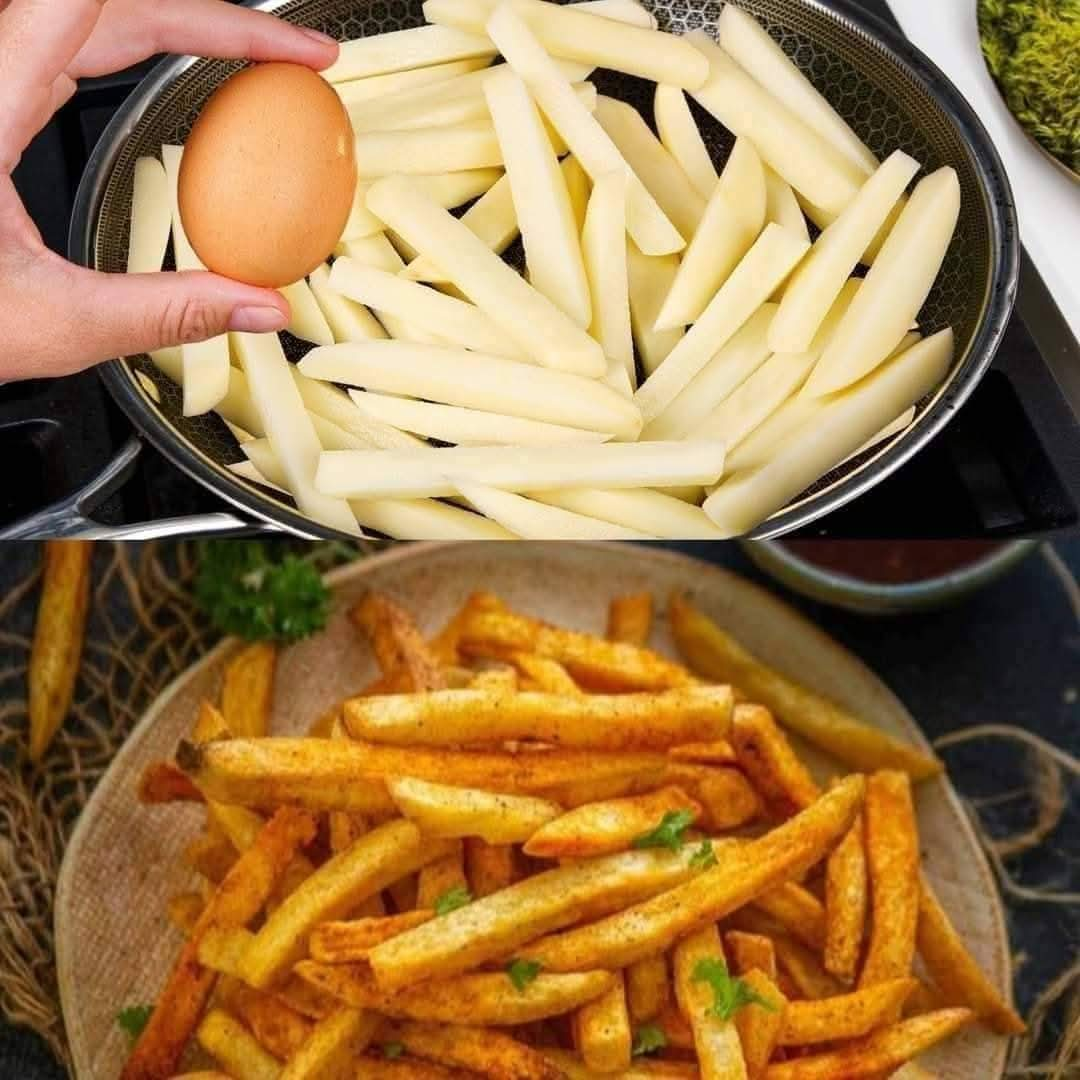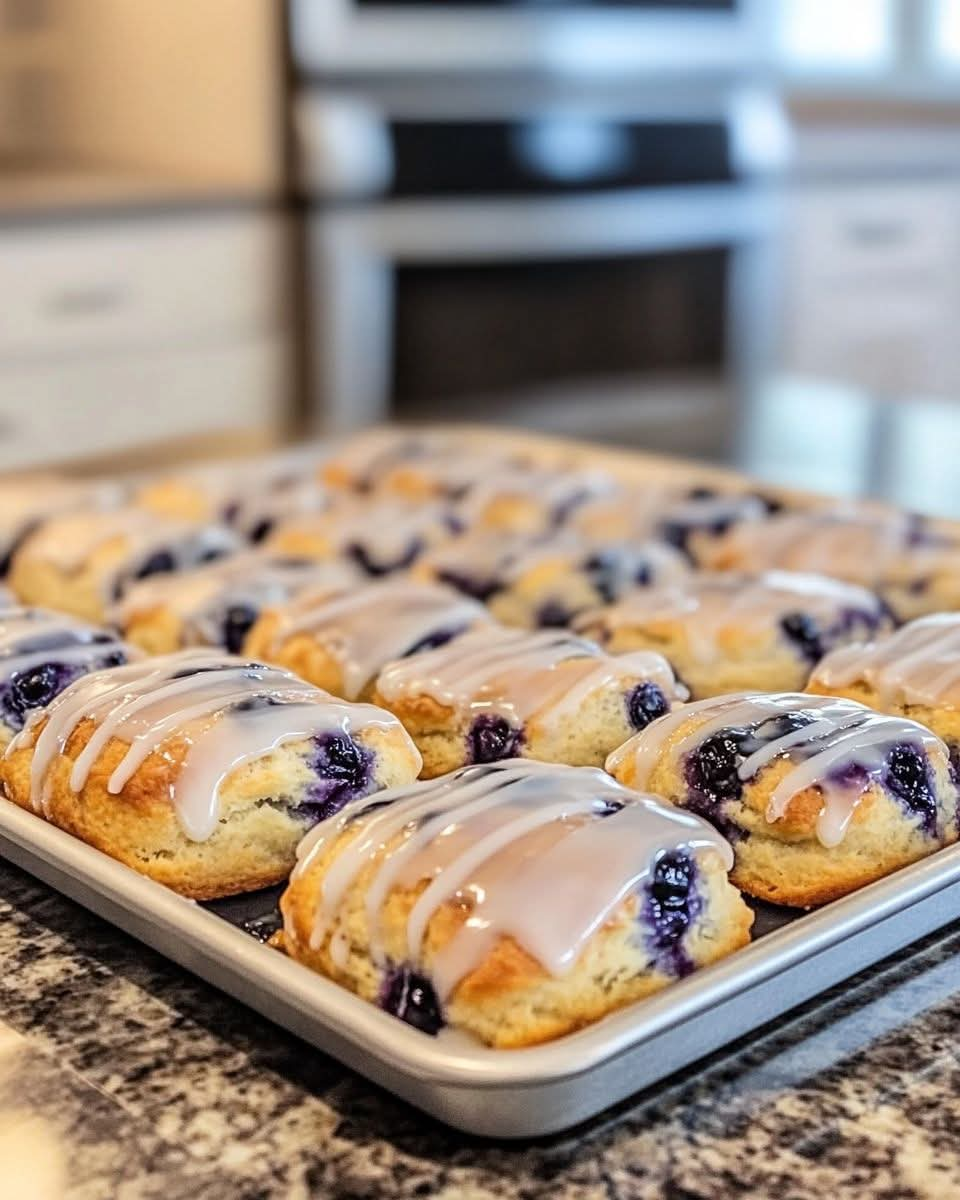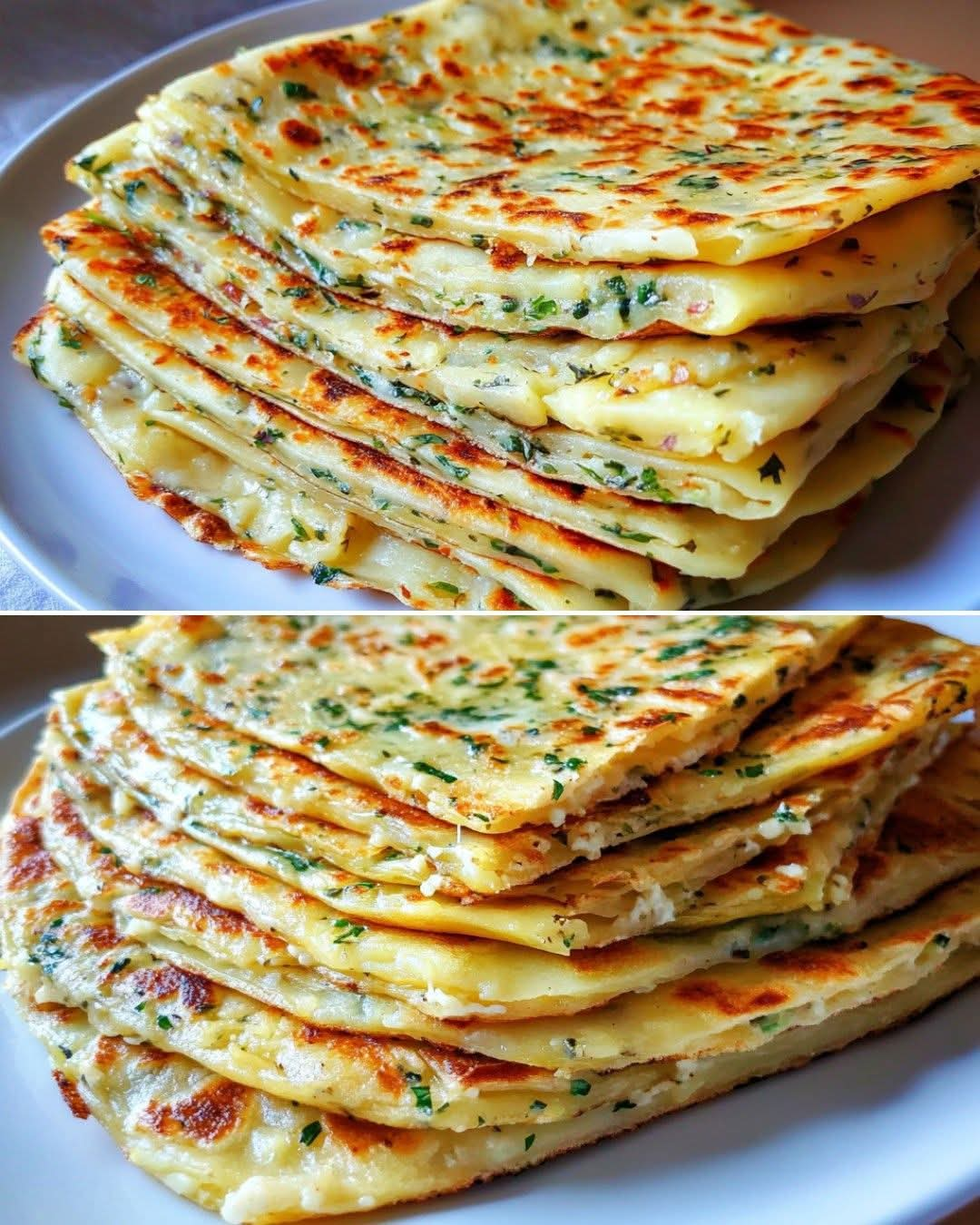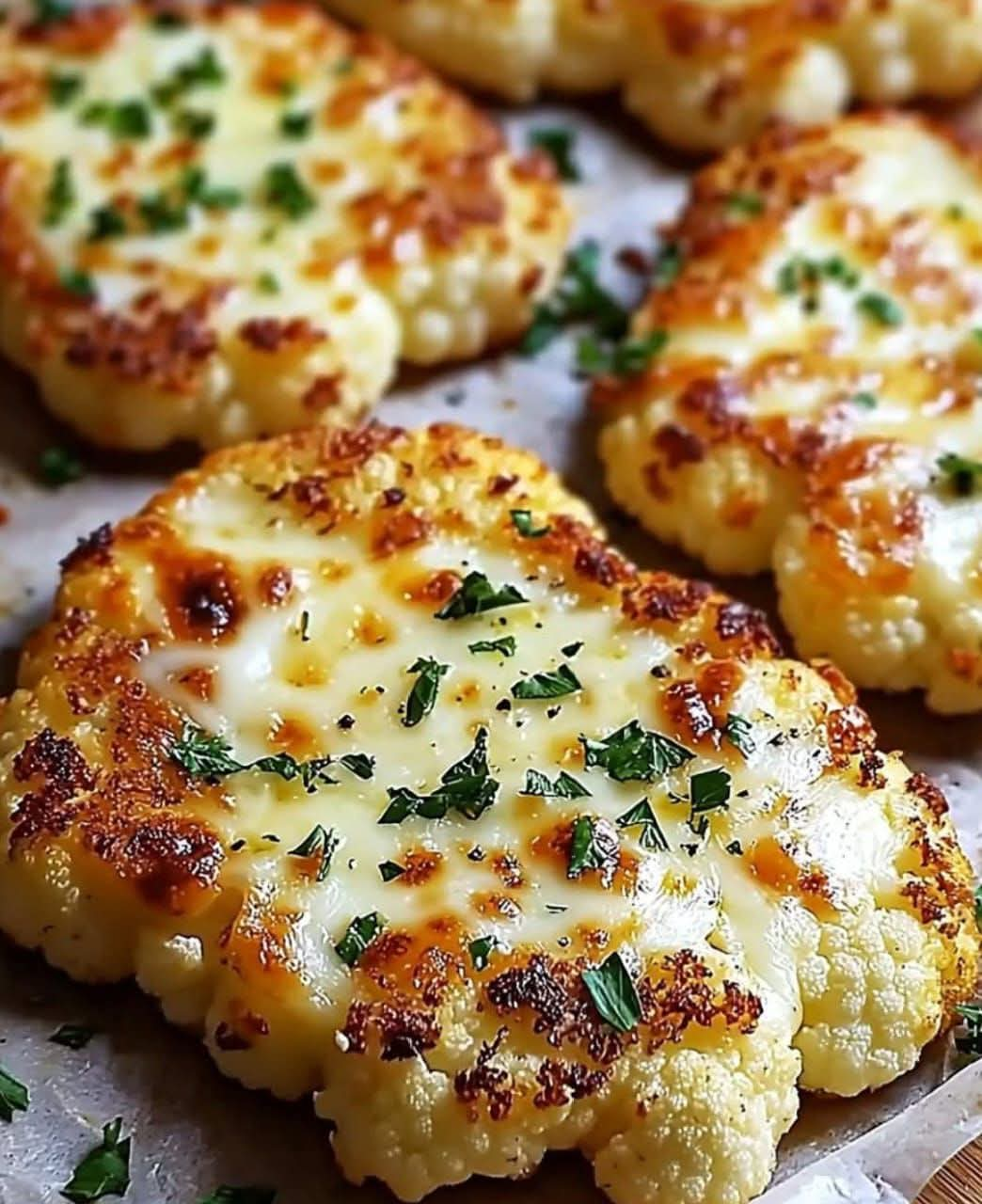Baklava is an Ottoman Turkish recipe that originated in the Middle East; It is also popular in parts of the Mediterranean and Balkans.
The classic baklava recipe is a sweet dessert pastry made with sheets of phyllo dough brushed with melted butter and sprinkled with crushed nuts. The baklava layers are then scored with a sharp knife and saturated with hot syrup, occasionally flavored with rose water, orange blossom water, or lemon juice. The pastry is then baked until golden and flaky.
In some countries where phyllo sheets are made by hand, baklava is a special occasion pastry. But, where bakeries produce the pastry in volume, it is often an everyday pastry served to loved ones or guests who stop by. In my home, we have to have baklava at least once a month, and this tangy cheesecake with its traditional baklava crust is one of the ways we love to enjoy it.
Sweet dreams are made of cheese—and honey, and pistachios!
For the Pistachio and Graham Cracker Crust:
1 1/2 cups (150g) graham cracker crumbs
3/4 cup (100g) finely ground pistachios
1/4 cup (30g) roughly chopped pistachios
1/3 cup (66g) granulated sugar
1/2 cup (113g) unsalted butter, melted
For the Cheesecake Filling:
17.6 oz (500g) cream cheese, room temperature
1 cup (200g) granulated sugar
Pinch of salt
2 teaspoons (10ml) vanilla extract
1 tablespoon (15ml) lemon zest
1 tablespoon (15ml) lemon juice
1 tablespoon (8g) corn starch
3 large eggs, room temperature
8.8 oz (250g) strained Greek yogurt (or sour cream)
For the Baklava Topping:
1 package phyllo dough (450g), cooked according to package instructions
1 cup (226g) unsalted butter, melted
1 cup (120g) chopped pistachios
1 cup (340g) honey
1/2 cup (120ml) water
1/2 cup (100g) sugar
1 teaspoon (2g) ground cinnamon
1/2 teaspoon (1g) ground cloves
Instructions:
Preheat the oven to 350°F (175°C) and lightly grease a 9-inch (23cm) springform pan.
For the Pistachio and Graham Cracker Crust:
Combine graham cracker crumbs, both finely ground and roughly chopped pistachios, sugar, and melted butter in a bowl.
Press the mixture into the bottom of the prepared pan.
Bake for 10 minutes or until set. Remove from the oven and let it cool.
For the Cheesecake Filling:
In a large mixing bowl, beat the cream cheese until smooth. Add sugar, salt, vanilla extract, lemon zest, lemon juice, and cornstarch; mix until combined.
Add the eggs one at a time, mixing well after each addition. Fold in the Greek yogurt.
Pour the filling over the cooled crust and smooth the top with a spatula.
Bake for 45-55 minutes or until the cheesecake is set but still slightly wobbly in the center.
Turn off the oven, open the door slightly, and let the cheesecake cool inside for 1 hour. Then remove from the oven and cool to room temperature. Chill in the refrigerator for at least 4 hours.
For the Baklava Topping:
While the cheesecake is chilling, prepare the syrup by combining honey, water, sugar, cinnamon, and cloves in a saucepan. Bring to a simmer, stirring until sugar is dissolved. Simmer for about 10 minutes until slightly thickened, then let cool.
Carefully lay a sheet of phyllo dough on a clean surface and brush with melted butter. Place another sheet on top and brush with more butter. Sprinkle with chopped pistachios. Repeat this process until you have 8-10 layers, finishing with a layer of butter.
Cut the phyllo stack in a size to fit the top of the cheesecake and bake in the preheated oven at 350°F (175°C) until golden brown, about 15-20 minutes.
Allow the phyllo to cool slightly, then carefully place on top of the chilled cheesecake.
Pour the cooled syrup over the phyllo layer and let it soak in.
Sprinkle additional chopped pistachios over the top for decoration.
Let the completed Honey Cheesecake Pistachio Baklava set in the refrigerator for at least an hour before serving.
This dessert is now ready to impress with its rich flavors and textures, embodying a harmonious blend of two classic treats. Enjoy!
